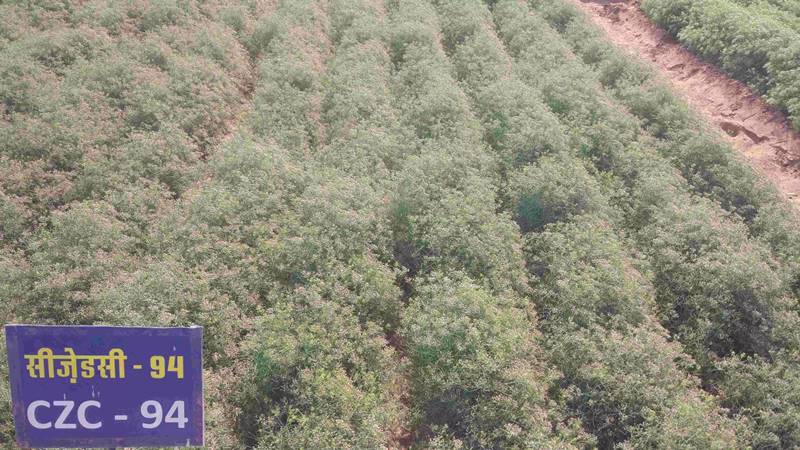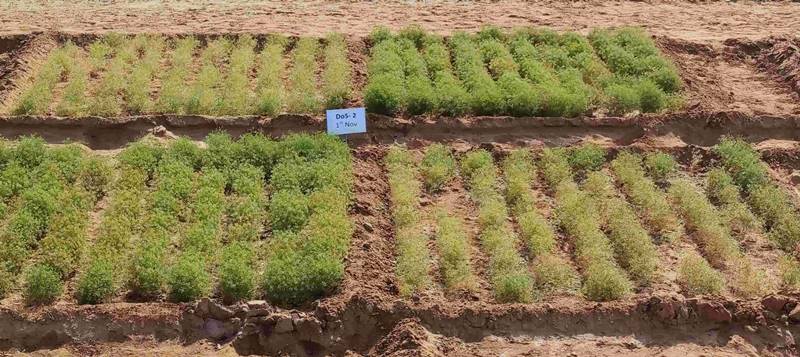The western states of Gujarat and Rajasthan are known for cultivation of cumin seeds (zeera) — a common condiment used in Indian kitchens. To assist farmers in increasing their yield and decreasing the input costs, scientists have developed new varieties of cumin. It usually takes 130-140 days for a cumin crop to yield produce but the newly devised variety takes only 90-100 days to harvest.
Also Read: Rajasthan farmers are locked out and unable to sell their harvested produce
The farmers cultivating cumin in these states have been growing the crops of the old varieties which get affected by pests, and it takes a long time for the crop to be ripe for harvesting.

Scientists from the Jodhpur-based Central Arid Zone Research Institute (CAZRI) have developed a variety of cumin called CZC-94 that takes only 90-100 days to harvest and is also pest resistant. The cumin the farmers are cultivating presently takes 130-140 days and is also vulnerable to pest attacks. CAZRI is a research arm of the Indian Council of Agricultural Research (ICAR) that was founded in 1959.
“We have been able to develop this variety after three years of research. The new variety will be a boon to the cumin farmers,” Rajesh Kumar Kakani, senior scientist, CAZRI told Gaon Connection.
India is the leading producer of cumin in the world and accounts for 70 per cent of the total cumin production. According to the Agricultural and Processed Food Products Export Development Authority (APEDA), 55.95 per cent of the country’s cumin comes from Gujarat and 43.9 per cent is produced in Rajasthan.

Presently, most of the farmers cultivate a variety of cumin called GC-4. This takes around 70 days to flower whereas the CZC-94 takes only 40 days, Kakani explained.
The cumin crop is usually vulnerable to pests, especially the aphid pest which afflicts cumin flowers in the month of February. But the new variety is pest-resistant as the flowering of the crop happens much earlier and by the time February arrives, the flowers are already developed into fruits.
The input costs of cultivating the new variety of cumin is also likely to be less. “It is difficult to cultivate cumin crops. It is prone to pests and requires three rounds of pesticides to protect the crop. With the new variety, the farmers will not be required to use pesticides anymore,” said Kakani. The amount of water used for cultivation will also come down, he added. As the CZC-94 variety of cumin takes far less number of days to cultivate, uses less water and no pesticides, it costs the farmer less to cultivate it than the earlier variety.
The institute has so far carried out trials in the districts of Jodhpur, Bikaner and Jaisalmer in Rajasthan. Trials will soon be carried out in other parts of the country too. According to the scientists, it will take a couple of years for the new variety to reach the farmers.


















